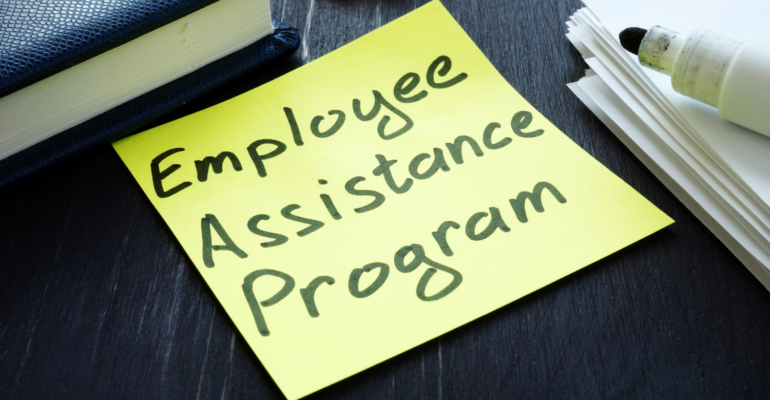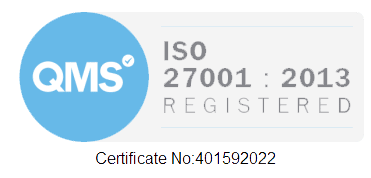The evolution of employee wellbeing support
|
Getting your Trinity Audio player ready...
|
There’s little remaining doubt that a happy, healthy workforce is more productive, engaged, and likely to contribute to a company’s success.
Employee Assistance Programmes (EAPs) have long been a go-to solution for businesses looking to support their employees’ wellbeing. But are they sufficient as a standalone offering, or should companies move to a more comprehensive wellbeing platform? And does it have to be one or the another?
The role of Employee Assistance Programmes
Employee Assistance Programmes are valuable tools for promoting employee wellbeing. They typically offer confidential support and resources to help employees deal with various personal and work-related challenges, delivering a number of benefits:
- Confidential support: EAPs provide a safe and confidential space for employees to seek assistance for personal issues such as mental health concerns, addiction, relationship problems, or workplace stress.
- Immediate help: EAPs are available for immediate assistance, offering a lifeline to employees facing urgent and challenging situations.
- Specialist expertise: EAPs often connect employees with qualified professionals who can offer expert guidance and support, such as counsellors or therapists.
- Crisis management: Some EAPs can support users with crisis management, helping them to navigate traumatic events and challenges.
- Reduction in absenteeism: By addressing personal challenges that can affect work performance, EAPs can help reduce absenteeism and increase overall productivity.
The limitations of Employee Assistance Programmes
While EAPs can be valuable, they have a number of limitations that can hinder their effectiveness in supporting a workforce:
- Limited scope: EAPs typically focus on a narrow set of issues, primarily revolving around mental health, addiction, and workplace stress. While these are critical areas, they do not cover the full spectrum of wellbeing, leaving employees without support in other key aspects of their lives.
- Stigma: Despite the confidentiality promised by EAPs, there is often a lingering stigma around seeking help for personal problems in the workplace. This stigma can discourage employees from using the services available to them.
- Awareness and accessibility: Many employees may not be aware of the existence of EAPs or how to access them. Additionally, the traditional model of EAPs, often centred around a phone hotline, may not be the most accessible and user-friendly option.
- Limited engagement: EAPs generally have low engagement levels and have little incentive to encourage staff engagement, as their model is benefitted by having high subscribers and low usage.
The evolution towards a comprehensive wellness offering
Recognising the limitations of EAPs, forward-thinking companies are taking steps to evolve their wellbeing initiatives by implementing a comprehensive wellness offering via an online platform. These platforms can offer much more broad and advanced support to users, including:
- Comprehensive support: A wellness platform goes beyond the limitations of EAPs, offering a wide range of resources to support various aspects of employee wellbeing. From mental health and physical fitness to nutrition and financial wellness, these platforms cover a broad spectrum of employee needs.
- Convenience: Online wellness platforms are accessible 24/7, allowing employees to access resources and support at their convenience. This flexibility overcomes barriers related to time and location, making it easier for employees to engage.
- Privacy and anonymity: Online platforms provide a higher level of anonymity and privacy, making employees more comfortable seeking assistance without fear of judgment or exposure. This can encourage more employees to utilise the available resources.
- Personalisation: Wellness platforms can offer personalised recommendations and content based on individual needs and preferences. This personalisation enhances employee engagement and ensures that the resources are relevant to each individual’s wellbeing journey.
- Data and analytics: Companies can collect valuable data and analytics from online wellness platforms to gain insights into employee wellbeing trends and needs. This data-driven approach enables organisations to tailor their wellness offerings more effectively and make informed decisions about wellbeing initiatives.
Maintaining EAPs as a complementary solution
While moving to a comprehensive wellness platform is a logical step in better supporting employees, having a wellness platform does not negate the need for an EAP. Instead, EAPs can continue to play a role as a complementary solution in a wellbeing programme.
They should work in harmony with:
- The EAP as a crisis resource: EAPs are invaluable during critical situations, such as sudden crises, emergencies, or when employees need immediate assistance. These programmes can serve as the first line of defence in such cases.
- The wellness platform as a preventative tool: Wellness platforms can focus on prevention and long-term wellbeing. By offering proactive resources and guidance, they help employees maintain good mental and physical health, ultimately reducing the need for crisis intervention.
How does this impact budgeting for both solutions?
EAPs often require a budget allocation for immediate crisis response, while wellness platforms can be cost-effective in promoting long-term employee health. By balancing the two, companies can efficiently manage their wellbeing budget while ensuring comprehensive support.
For HR decision makers who are cost-conscious and looking to make a lasting impact on employee wellbeing, a balanced approach of integrating EAPs and wellness platforms might be the way forward.
Ultimately, it’s about creating an environment where employees feel valued, supported, and empowered to thrive. EAPs are a valuable starting point for businesses looking to support staff wellbeing, whereas a comprehensive wellbeing platform can help to prevent these crises (and the associated costs) from happening in the first place, as well as offer more tailored and personalised support to those that need help.



